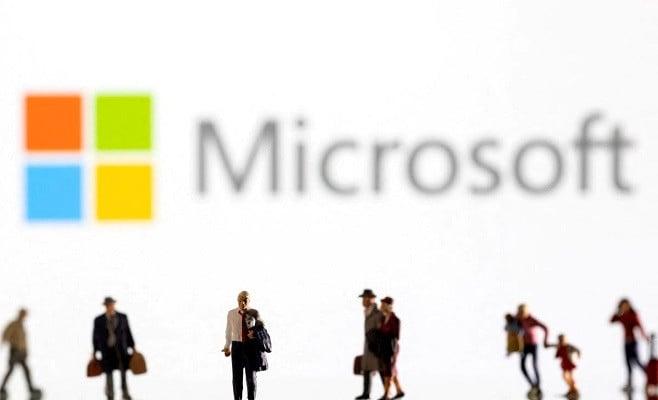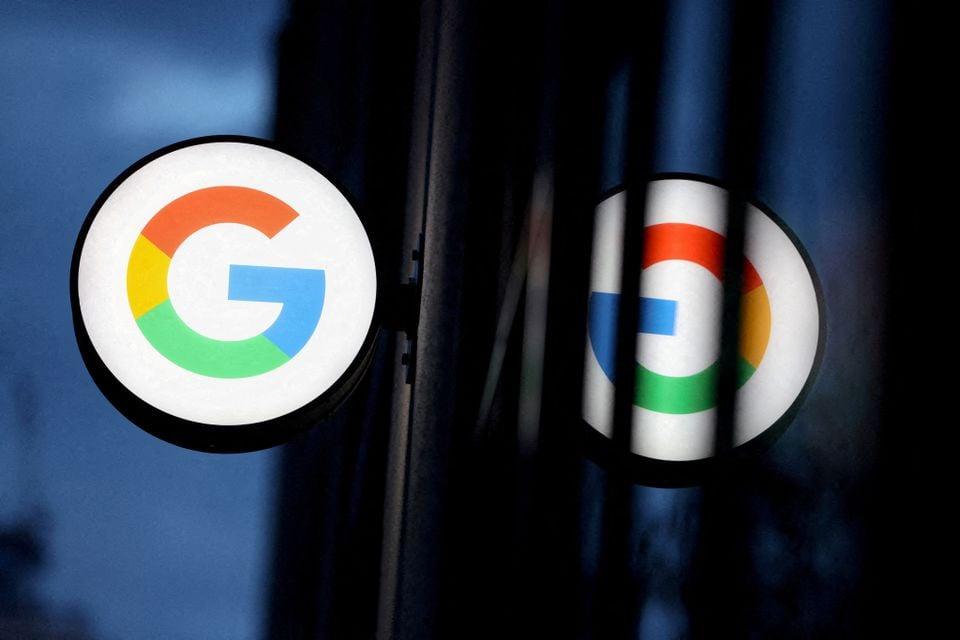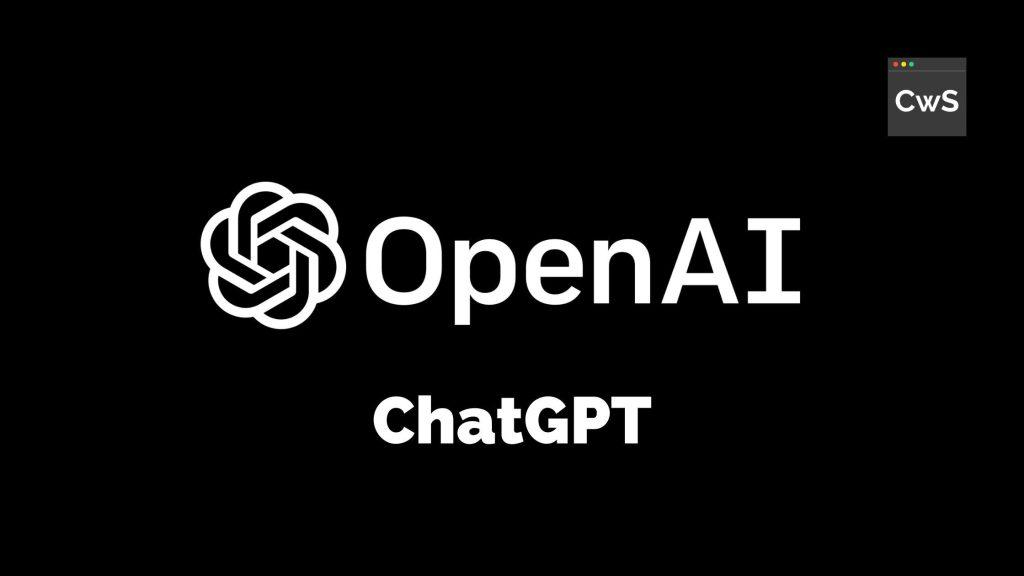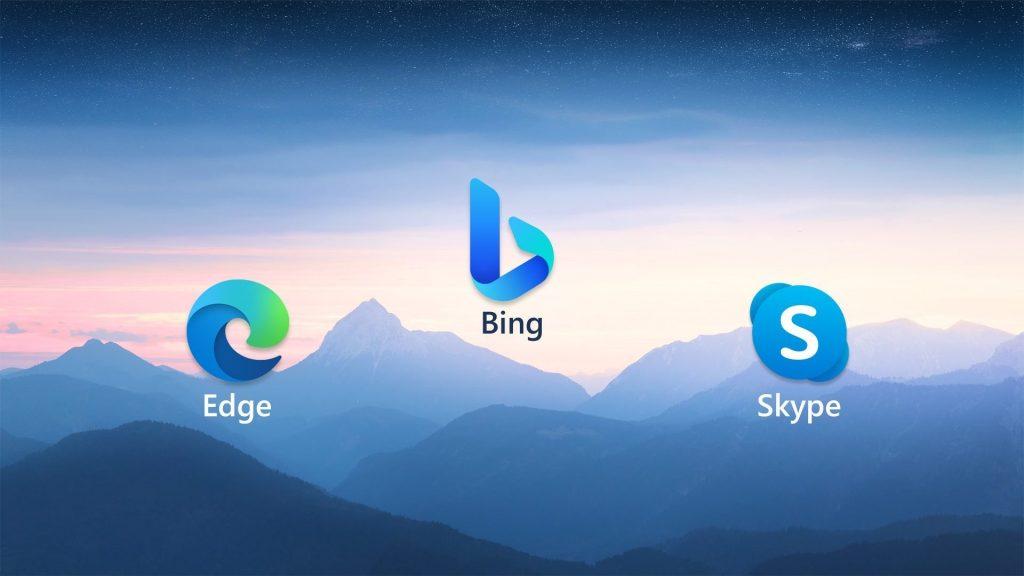Alphabet (GOOGL.O) exceeded second-quarter revenue and profit forecasts on Tuesday, driven by increased digital advertising sales and strong demand for its cloud computing services. However, the company warned that capital expenses would remain high for the rest of the year.
The results highlight a robust demand for digital ads, boosted by events like the Paris Olympics and elections in several countries, including the U.S. Additionally, a rebound in enterprise spending is enhancing its software business. The strong adoption of generative artificial intelligence technology also contributed to the growth of its cloud business.
Advertising sales, Alphabet’s primary revenue source, increased by 11% to $64.6 billion, with the company using customer data to better target ads in its search product. Net income for the quarter ending June 30 rose 28.6% to $23.6 billion, surpassing the average estimate of $22.9 billion.
Investor reactions were mixed, with shares initially rising by about 2% before dipping by a similar percentage. The shares had gained over 30% this year, outperforming the Nasdaq Composite Index’s (.IXIC) 20% rise.
“This was another stellar quarter from Google with beats across the board,” said Ido Caspi, a research analyst with Global X, citing ad sales and AI offerings as key drivers.
Total revenue increased by 14% to $84.74 billion, compared to analysts’ consensus estimate of $84.19 billion, according to LSEG data. Ad sales in YouTube rose 13% to $8.67 billion. Revenue from cloud computing services, a key indicator of enterprise technology spending health, grew by 28.8% to $10.35 billion, exceeding analysts’ expectations of $10.16 billion.
Alphabet reported capital expenditures of $13 billion for the June quarter. Ruth Porat, in her final conference call as Alphabet’s CFO, informed investors that quarterly capital expenditures for the rest of 2024 would be at or above $12 billion. In the January-March period, the company’s capital expenditure had surged 91% to $12 billion, causing concern among investors.














